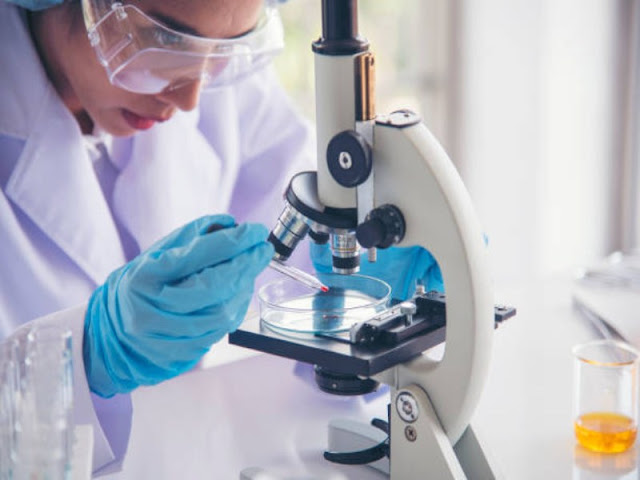leveraging tech for enhanced epidemiological surveillance
Introduction
Epidemiological surveillance is a critical component of
public health strategies aimed at monitoring, preventing, and controlling the
spread of diseases within populations. The advent of technology has
revolutionized the field of epidemiological surveillance, providing advanced
tools and systems that enable real-time data collection, analysis, and
response. In this essay, we will explores the importance of epidemiological
surveillance, the role of data, and the transformative impact of technology in
enhancing surveillance capabilities.
The Importance of Epidemiological Surveillance
- Early
Detection and Response: Epidemiological surveillance involves the
systematic collection, analysis, interpretation, and dissemination of
health’s data. This process allows public health officials to detect the
emergence of diseases or unusual patterns of illness at an early stage.
Early detection is crucial for implementing rapid response measures,
preventing further spread, and mitigating the impact of outbreaks.
- Monitoring
Disease Trends: Surveillance systems enable the continuous monitoring
of disease trends over time. By analyzing data, health authorities can
identify patterns, understand the dynamics of diseases, and make informed
predictions. This information is invaluable for allocating resources,
implementing targeted interventions, and developing effective public
health policies.
- Resource
Allocation: Efficient resources allocation is a key benefit of
epidemiological surveillance. By understanding the geographical
distribution and severity of diseases, health authorities can allocate
resources such as medical supplies, personnel, and vaccines where they are
needed most. This targeted approach optimizes the effectiveness of public
health interventions.
The Role of Technology in Enhancing Surveillance Capabilities
- Real-time
Data Collection and Reporting: Traditional surveillance systems often
involve manual data collection and reporting, which can lead to delays and
inaccuracies. Technology facilitates real-time data collection through
electronic health records, mobile applications, and other digital tools.
This immediacy allows for timely responses to emerging health threats.
- Geospatial
Mapping and Analysis: Geographic Information System (GIS) technology
plays a crucial role in epidemiological surveillance. It enables the
mapping and analysis of disease data in relation to geographical
locations. This spatial perspective helps identify hotspots, track the movement
of diseases, and plan targeted interventions based on specific geographic
patterns.
- Big
Data Analytics: The abundance of health-related data, often referred
to as big data, presents both a challenge and an opportunity. Advanced
analytics tools can sift through vast datasets to identify trends,
correlations, and anomalies that may not be apparent through traditional
methods. This capability enhances the understanding of disease dynamics
and supports evidence-based decision-making.
- Syndromic
Surveillance: Technology enables the implementation of syndromic
surveillance, which involves monitoring non-traditional data sources for
early signs of illness. For example, social media, internet searches, and
electronic health records can be analyzed to detect patterns of symptoms
before official diagnoses are reported. This active approach enhances the
ability to respond swiftly to potential outbreaks.
- Digital
Contact Tracing: In the context of communicable diseases, digital
contact tracing applications have become instrumental. These apps use
Bluetooth and location data to identify and notify individuals who may
have been exposed to a contagious disease. Digital contact tracing
complements traditional methods, expedites the identification of contacts,
and helps break the chain of transmission.
- Predictive
Modeling: Technology facilitates the development of predictive models
that can forecast the spread of diseases based on current data and
historical trends. These models assist public health officials in
anticipating the trajectory of outbreaks, optimizing resource allocation,
and implementing preventive measures.
Conclusion
Epidemiological surveillance is a cornerstone of effective
public health, and technology has significantly enhanced its capabilities. The
integration of real-time data collection, geospatial analysis, big data
analytics, syndromic surveillance, digital contact tracing, and predictive
modeling has transformed the field, enabling more proactive and targeted
responses to emerging health threats. As technology continues to advance, it is
essential for public health systems to adapt and leverage these innovations to
protect populations and mitigate the impact of infectious diseases. The synergy
between epidemiological surveillance and technology represents a powerful force
in the ongoing global effort to monitor, control, and ultimately prevent the
spread of diseases.



